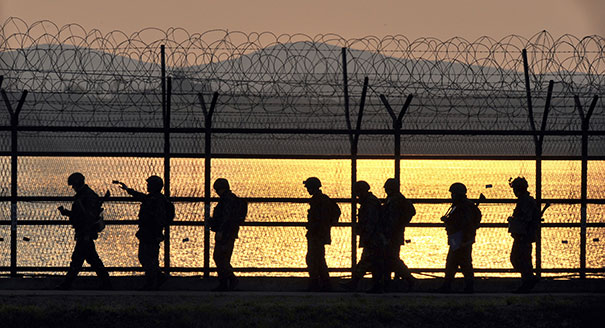Source: Chapter in Economic Development and Environmental History in the Anthropocene
How was it possible for resource- and capital-scarce South Korea to launch capital- and technology-intensive nuclear energy projects in the 1960s and 1970s, not long after the devastating Korean War? The development of South Korea’s nuclear energy industry cannot be explained only by economic factors. Jang argues in this edited volume that the political setting—sometimes combined with the external economic environment—also played a significant role in facilitating South Korea’s interests in nuclear energy and further motivating the Park Chung-hee administration to develop indigenous nuclear technology. She emphasizes three specific elements: first, the favorable external environment for nuclear technology transfer under the U.S. Atoms for Peace project in the 1950s helped South Korea gain some basic knowledge and competence in nuclear energy; second, South Korea’s military ambitions to develop nuclear weapons in the 1970s promoted civilian nuclear research and investment because of the nuclear technology’s dual-use characteristics; and last, the competition among nuclear suppliers in the world nuclear market set up a favorable environment for new customers, thereby enabling South Korea relatively easily to acquire highly advanced technology and facilities with sufficient foreign loans.







